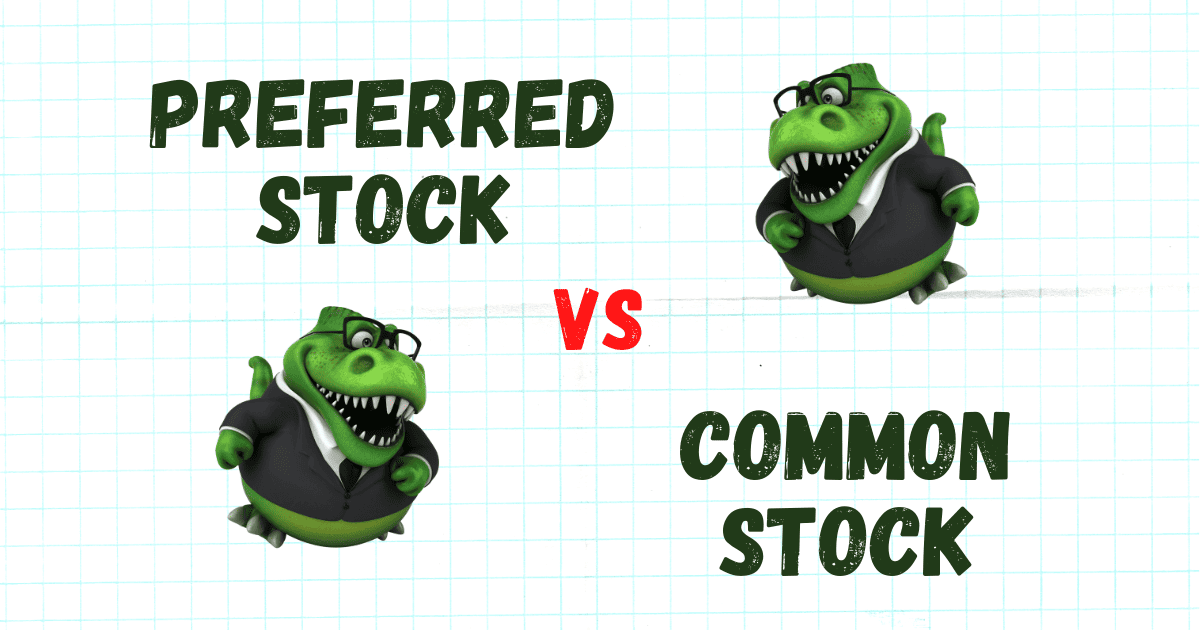When it comes to raising capital for a business, companies can issue different types of securities to investors. Two common types of securities are common stock and preferred stock. While both types of stock represent ownership in a company, they have distinct characteristics that affect how they are accounted for in a company’s financial statements.
For a video explanation of the differences between Common Stock and Preferred Stock, watch this:
Common Stock
Common stock is a type of ownership security that represents a share in the ownership of a company. Holders of common stock have voting rights and are entitled to receive dividends if the company distributes them. Common stockholders are also entitled to a portion of the company’s assets and earnings in the event of liquidation.
From an accounting perspective, common stock is recorded on the balance sheet as equity, specifically as a component of shareholder’s equity. When a company issues common stock, it receives cash from investors in exchange for ownership in the company. The cash received is recorded as an increase in the company’s cash account and an increase in the common stock account. If the company issues common stock for an amount greater than its par value (the nominal value of the stock), the excess is recorded as additional paid-in capital, which is also a component of shareholder’s equity.
Preferred Stock
Preferred stock is a type of ownership security that typically has a fixed dividend rate and priority over common stockholders in the event of liquidation. Unlike common stockholders, preferred stockholders do not have voting rights.
From an accounting perspective, preferred stock is also recorded on the balance sheet as equity, specifically as a component of shareholder’s equity. When a company issues preferred stock, it receives cash from investors in exchange for ownership in the company. The cash received is recorded as an increase in the company’s cash account and an increase in the preferred stock account. If the company issues preferred stock for an amount greater than its par value, the excess is recorded as additional paid-in capital, which is also a component of shareholder’s equity.
One key difference between common and preferred stock from an accounting perspective is that the fixed dividend rate of preferred stock makes it a liability as well as equity. This means that the dividends paid to preferred stockholders are recorded as an expense on the income statement, reducing the company’s net income. In contrast, dividends paid to common stockholders are not recorded as an expense on the income statement.
In conclusion, common stock and preferred stock represent different types of ownership in a company and have different characteristics that affect how they are accounted for in a company’s financial statements. While both types of stock are recorded on the balance sheet as equity, the fixed dividend rate of preferred stock makes it a liability as well. Understanding these differences is important for companies and their accountants in managing their financial statements and communicating their financial position to stakeholders.

